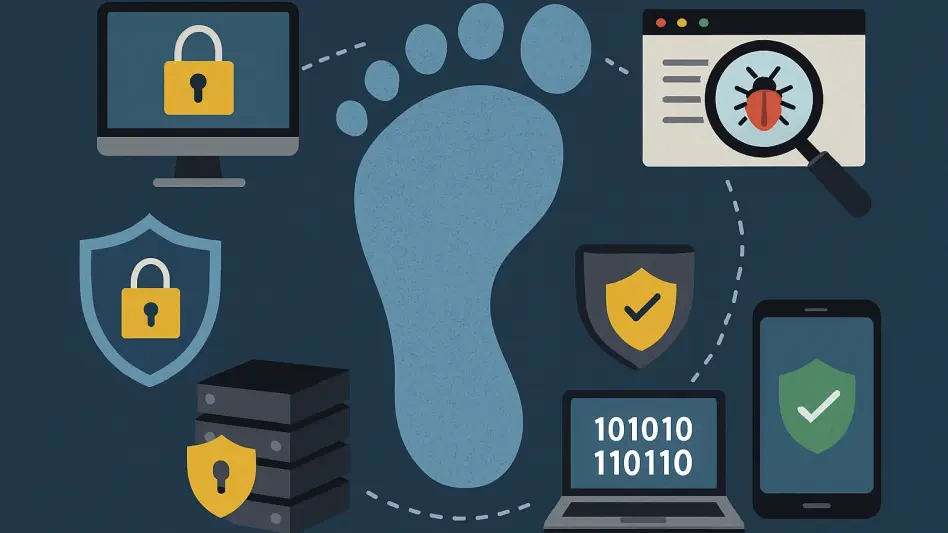The cyberworld is continually evolving with new tactics and tools, making the security landscape increasingly challenging to navigate. Recently, a sophisticated phishing campaign has been brought to light that leverages a notable tool in the phishing-as-a-service (PaaS) sector known as the W3LL Phishing Kit. Initially identified by cybersecurity firm Group-IB, W3LL distinguishes itself with its comprehensive marketplace, the W3LL Store. This marketplace features a modular approach enabling cybercriminals to purchase specific functionalities and components necessary for creating highly tailored phishing campaigns. Such adaptability surpasses traditional off-the-shelf kits, posing enhanced threats to targets worldwide. The primary concern with this campaign revolves around the acquisition of Microsoft 365 Outlook login credentials. Using advanced adversary-in-the-middle (AitM) tactics, it intercepts session cookies, obtaining legitimate session tokens to bypass multi-factor authentication. This method allows attackers not just entry but persistence into corporate environments safeguarded by robust authentication measures.
Exploiting Brand Trust with Adobe Impersonation
Security experts from the Hunt team uncovered an active phishing campaign employing deceptive tactics to target unsuspecting victims. The campaign’s effectiveness is rooted in its impersonation of Adobe’s Shared File service, exploiting known and trusted brands to enhance credibility and suppress suspicion. This impersonation is further bolstered by social engineering strategies that establish a veneer of authenticity, albeit with minimal personalization. Victims are strategically lured to a counterfeit webpage under the guise of accessing an essential shared file. The site prompts users to input their Outlook credentials, playing on the urgency and trust associated with Adobe’s services. Upon entering their credentials, victims unknowingly transmit this sensitive information to malicious actors for exploitation. The phishing attack employs robust technical mechanisms to achieve its aims. Detailed analysis uncovered open server directories connected to the campaign, revealing a structured deployment of W3LL Phishing Kits. These directories house core phishing infrastructure, including concealed PHP files responsible for credential harvesting. The sophistication of these kits lies in tools like IonCube, utilized for PHP code encryption and obfuscation, effectively complicating reverse engineering efforts and hindering security analysts. The campaign’s technical sophistication highlights the increasing need for vigilance among cybersecurity experts to safeguard against such advanced threats.
Credential Harvesting and Technical Insights
Upon further technical examination, researchers traced the phishing campaign’s credential harvesting operations to specific malicious scripts and infrastructure. A particular fake login page deceitfully captures user credentials, initiating a POST request to the “wazzy.php” script located at teffcopipe[.]com. Hosting account details here creates a conduit for further illicit activities, such as credential resale or expanded phishing endeavors using compromised accounts. The presence of an “OV6_ENCODED” directory and accompanying files like “config.php” underscore the W3LL phishing kit’s modular and scalable design. Configuration files dictate operational parameters and target selection, while facilitating the exfiltration of harvested credentials. Notably, the kit possesses a valid Let’s Encrypt certificate, lending an air of legitimacy and potentially bypassing browser security alerts. These insights afford cybersecurity personnel critical information, enabling them to craft more effective detection and mitigation strategies against credential harvesting attacks. Proactive monitoring and rapid incident response remain paramount in protecting corporate networks from such sophisticated threats.
Network Infrastructure and Indicators of Compromise
Integral to combating phishing campaigns is identifying and understanding the indicators of compromise (IoCs) associated with malicious activities. Open directories, such as the one found at 192.3.137[.]252:443, likely host components central to W3LL’s operations. The phishing kit’s command and control (C2) infrastructure is notably based at teffcopipe[.]com, receiving POST credential data from its misleading websites. The C2 IP, 5.63.8[.]243, aligns with backend operations supporting this nefarious network. Malicious scripts like “wazzy.php” facilitate the collection of user credentials, further exploiting victims. Additionally, the possession of a Let’s Encrypt certificate, active from December 2025 to March 2026, adds a deceptive layer of legitimacy to the malicious setups, misleading even the most vigilant users. Security experts must focus on detecting these IoCs to craft responsive defensive protocols. By understanding the infrastructure employed by entities such as W3LL, organizations can anticipate threats and mitigate risks efficiently, securing communication channels and safeguarding sensitive data.
Strengthening Security Measures and Strategies
The cyber realm is ever-changing, with new tactics and tools making it more difficult to ensure security. A recent example is a sophisticated phishing campaign that uses a key tool in the phishing-as-a-service (PaaS) space called the W3LL Phishing Kit. This kit, first spotlighted by the cybersecurity firm Group-IB, stands out due to its extensive marketplace, the W3LL Store. This marketplace offers a modular approach, allowing cybercriminals to purchase specific features and elements necessary for crafting highly customized phishing campaigns. This flexibility exceeds traditional off-the-shelf kits, heightening threats globally. A key worry with this campaign is obtaining Microsoft 365 Outlook login credentials. By employing advanced adversary-in-the-middle (AitM) techniques, the campaign intercepts session cookies, capturing legitimate session tokens to bypass multi-factor authentication. This tactic provides attackers not just access but sustained presence within corporate networks, even those fortified by strong authentication controls.








